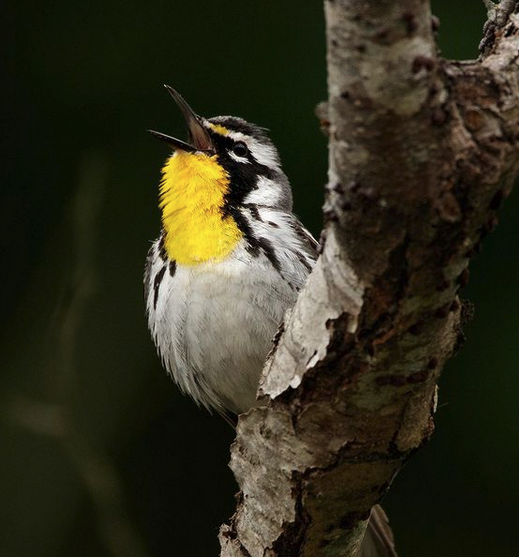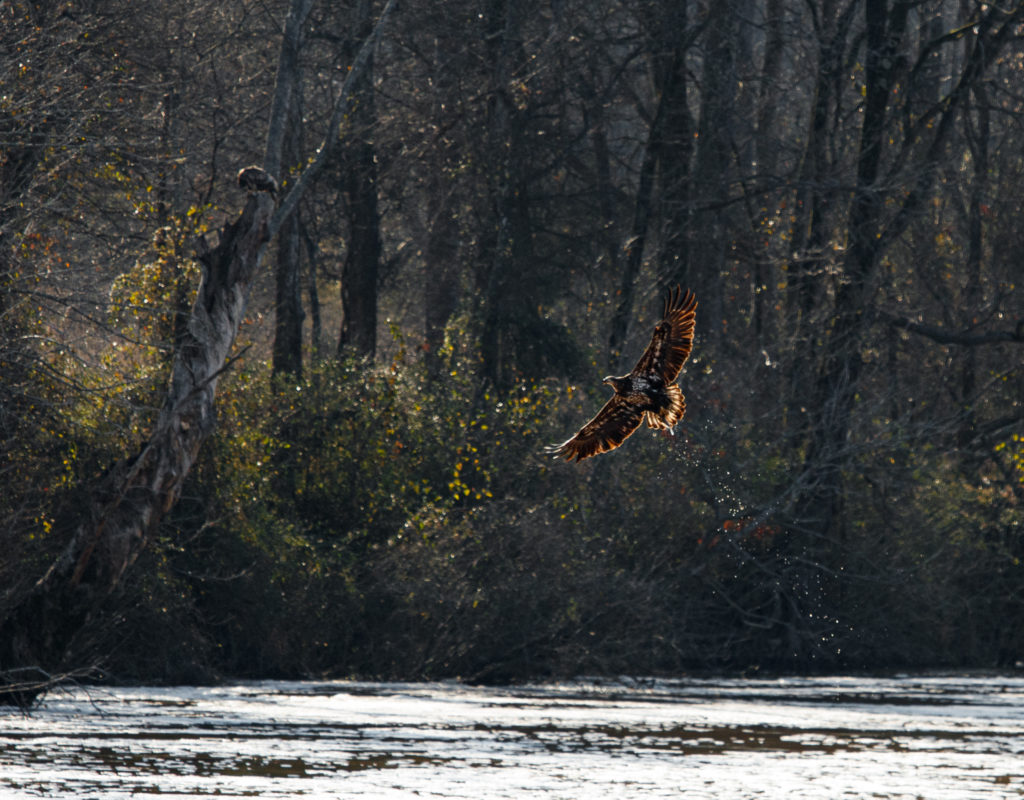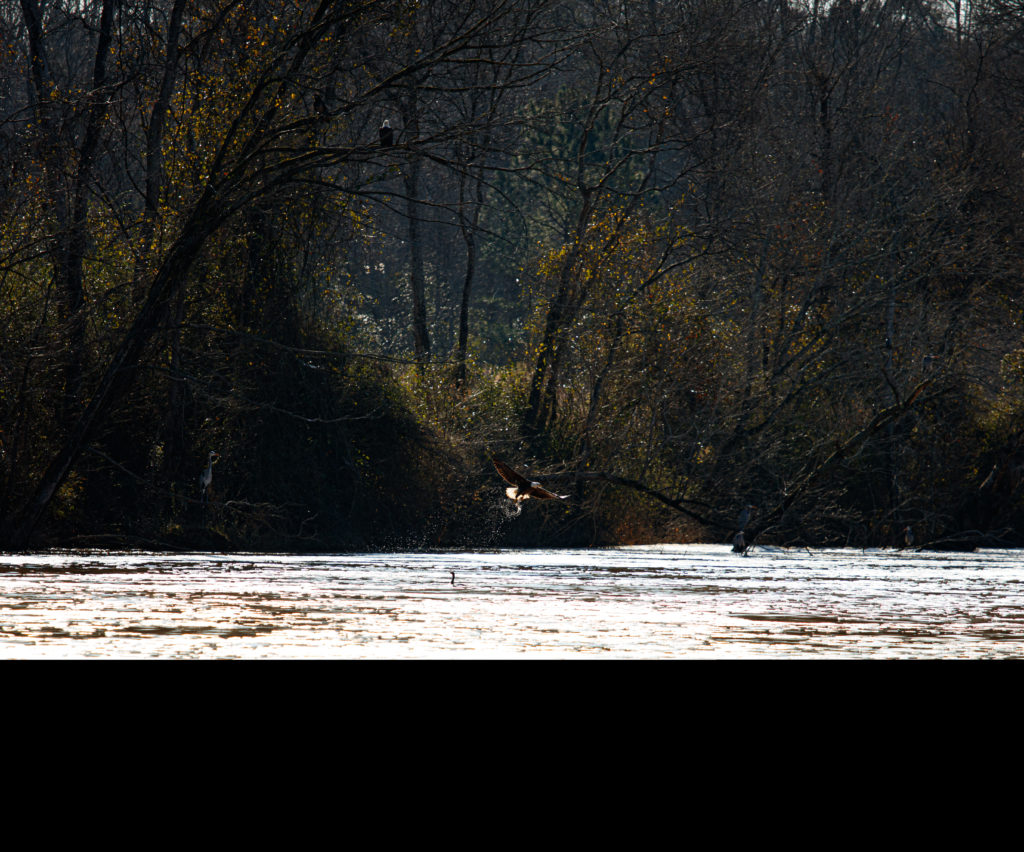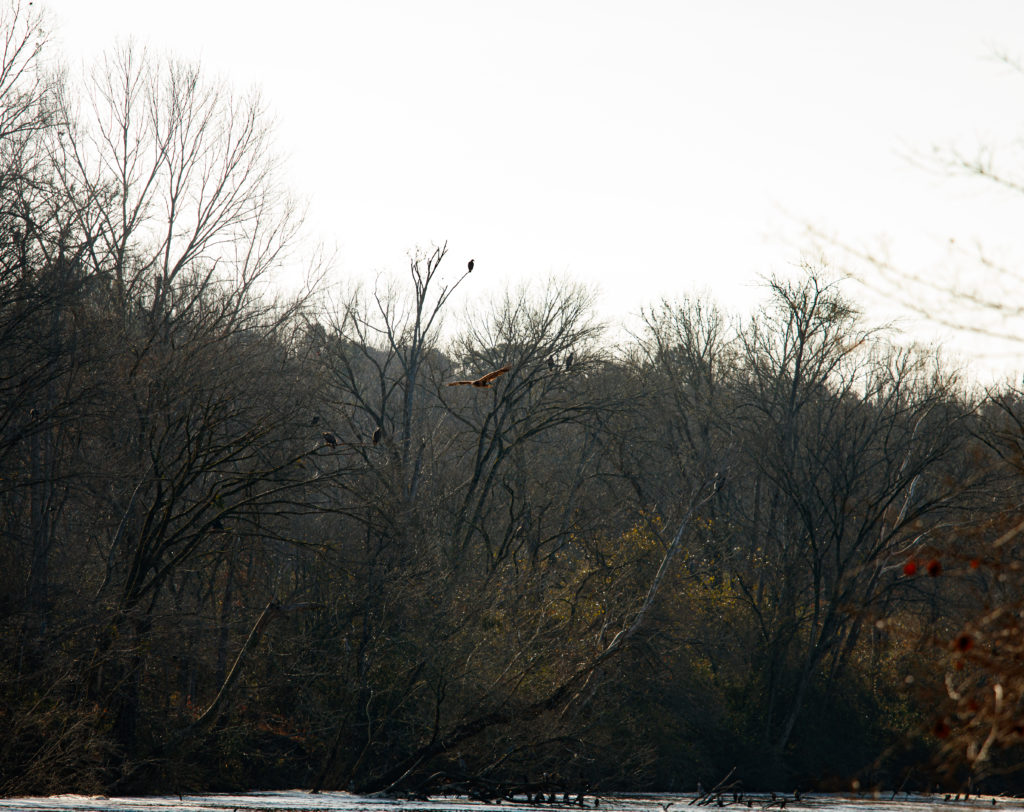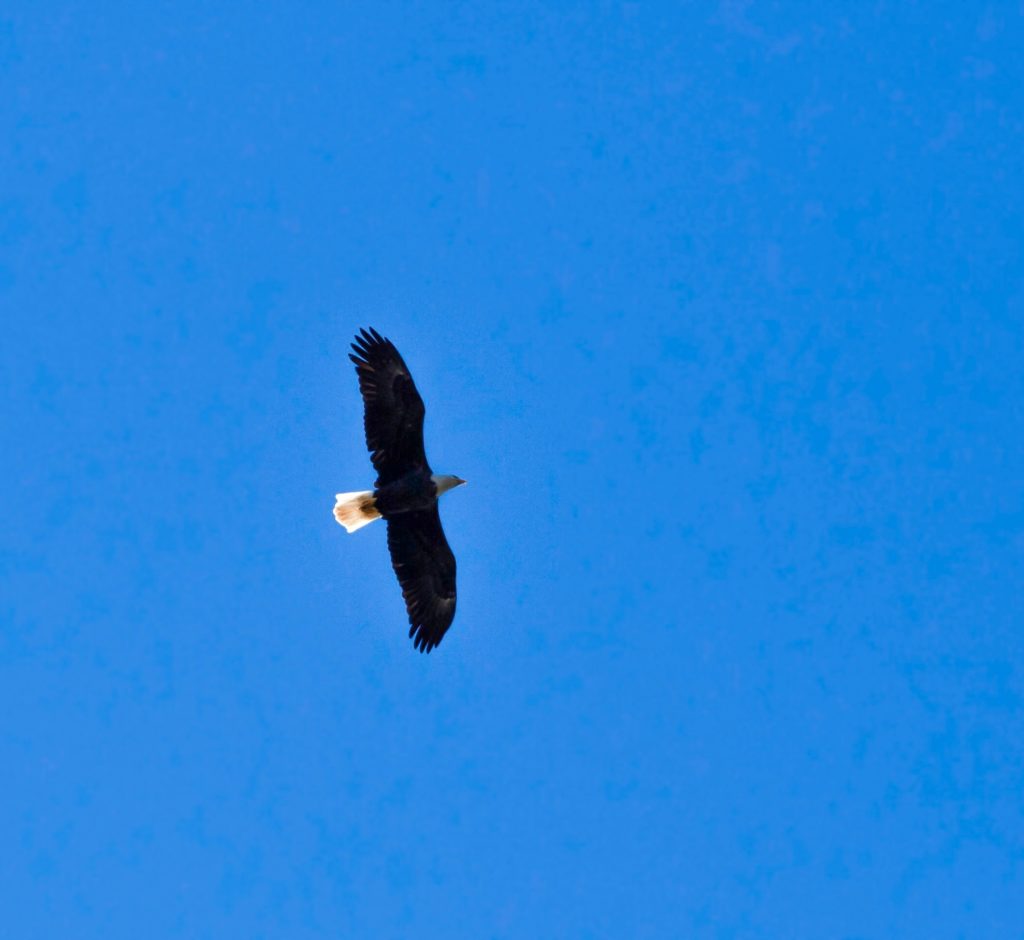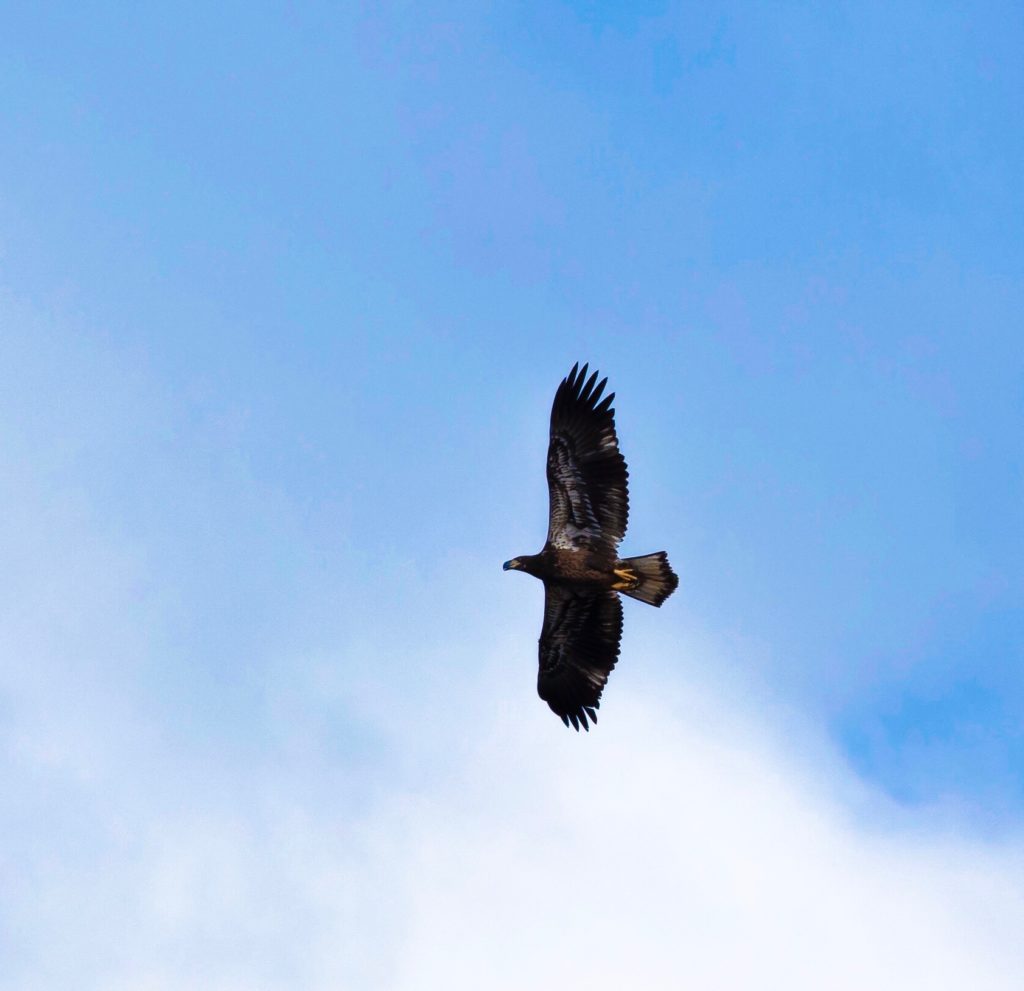Here’s another bird I’ve been seeing in higher numbers this year, the Yellow-throated Warbler.
These little gems seem to pop up everywhere I’ve gone birding in North Carolina since May and I couldn’t be happier about it 🙂
I spotted the bird in the first photo a few days ago at Ebenezer Point in Pittsboro NC and the second bird this past May at Yates Mill Park in Raleigh NC.
Perhaps the reason why “warbler neck” is a thing, Yellow-throated Warblers are best spotted in the mid to high canopy of the trees searching for insects and spiders as they pry into crevices along branches.
Unlike other warblers that move quickly and sporadically while hunting for food, Yellow-throated’s are slower moving and deliberate when hunting as they scour the branches, leaves, and ground for a snack.
This makes them a bit easier to observe and photograph which is always nice lol!
Arriving in late March Yellow-throated Warblers may be found throughout most of the state however they are somewhat more common in our eastern counties.
Look for Yellow-throated’s in varied habitats like dry pine stands and also in the tall trees growing along shorelines of ponds, lakes and streams. They are also fond of swampy areas too which makes for a pretty diverse range of opportunities in which to find them.
Unfortunately they will be leaving NC soon to head south for the winter so try and get out and see them this week or you’ll have to wait until spring to enjoy these delightful little birds again.
Photos by @sally_siko of @birdwatching_nc on my twin mighty megapixel dragons the @canonusa#R5 & the #5Ds


